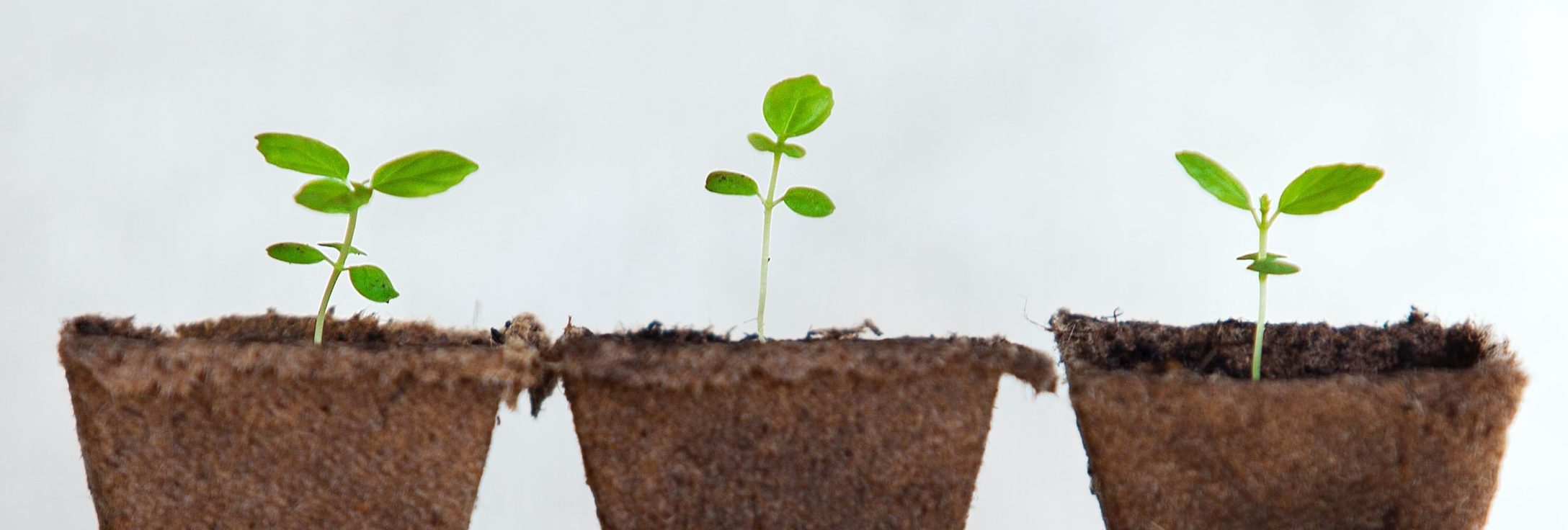
Growing plants inside is simpler than ever, thanks to LED growing lights! Plants of different shapes and sizes can be grown year-round indoors with the help of unique, specially designed LED growing lights. The photosynthesis-promoting and growth-promoting wavelengths of light emitted by these artificial grow lights mimic those of natural sunlight.
The Difference Between Grow Bulbs and Other Light Sources
Should you buy a new fixture with built-in illumination, or should you replace the bulbs in the existing light with a particular LED plant growing light? First, you must decide whether you value ease of use and affordability more than specialist quality.
It’s more cost-effective to use LED plant growing lights. Most folks will find that it’s simpler to operate as well. You only need an old lamp or ceiling light that requires a new bulb, and then you can quickly grow your plants.
Even while grow light fixtures are more expensive, they provide a more all-encompassing answer. Several plants can share the light from a single lamp, which also helps to illuminate the room uniformly. In addition, these fixtures produce a more complete spectrum of light than standard light bulbs since they are made with grow lights in mind.
Should I Invest in an Incandescent, Fluorescent, or LED Plant Grow Light?
Regarding growing plants, incandescent grow lights are the cheapest option, but they also waste the most energy and produce the most heat.
Light from fluorescent bulbs has a good spectrum for plant growth and produces less heat. Tube lights and CFL reflectors are the most common types. While fluorescent lighting can save more money in the long run than incandescent, it is still more expensive for most growers.
The newest technology available is found in LED grow lights. The energy they consume is minimal, and the light spectrum they provide is just right. LED lights are the most efficient, effective, and customer-friendly way to grow plants at home than growing with fluorescent lights or incandescent lights due to their low energy consumption, low heat, and color adjusted for growth.
Using an electric arc between tungsten electrodes inside a tube of fused alumina, High-Intensity Discharge (HID) bulbs generate light. Professional growers frequently employ these specialized bulbs due to their high light output.
Metal halide lamps are highly efficient light sources that combine mercury vapor with metal salts. They require a unique mounting arrangement and are widely utilized by industrial and manufacturing facilities, much like HIDs.
When it comes to plant development, which color of light is ideal?
The absorption of chlorophyll, photosynthesis, and plant growth are all stimulated by violet-blue light in the 400-520 nm range. Red light in the 610–720 nm range promotes flowering and budding.
The photosynthesis necessary for plant growth is stimulated by the spectrum of light that grows lights should emit. Check out the light’s color spectrum before making a purchase. Grow rooms benefit significantly from full-spectrum plant LED lighting.
LED lights are especially useful in this situation. As a result, most LED growing lights to provide both forms of color spectrum lighting.
Making a Space for Plants to Grow Indoors
How do you provide adequate lighting for your indoor plants and gardens? Here are three suggestions for improving your current setup.
The indoor garden you’ve been planning. First, evaluate the available storage space- a single shelf, a basement, or a whole room—flowers and bedding plants in pots.
Separate the containers or trays by 4–8 inches to allow for expansion and quick access while trimming or tending to the plants.
Get lights that can reach your plants, so the whole garden is visible at night. More than one light bulb or source may be necessary to illuminate your developing space adequately. Depending on their size, houseplants may require one or more lights.
Helpful Hints for Strategically Placing LED Grow Lights
The optimal lighting setup would have lights hung or placed above the plant beds or pots to simulate natural sunlight and illuminate the plant from all angles and directions.
Keep incandescent grow lights at a distance of around 24 inches from your plants. Compared to incandescent bulbs, the lower heat signature of fluorescent and LED lighting allows them to be positioned closer to the plants (12 inches and 6 inches, respectively).
As your plants expand and mature, you’ll need to keep relocating the grow light to keep the ideal distance. But, again, please refer to your specific model and design for more information and instructions.
Keep in mind that every plant has unique needs regarding the amount of light it receives indoors. Different lights at various heights may be required for multiple plant regions, which will be determined by what you intend to cultivate.
When cultivating plants, how long should the grow light be on?
Most flowering plants and vegetables need between 12 and 16 hours of light every day, with the latter needing the most.
It would help if you prepared to provide your plants with at least 8 hours of darkness daily.
But keep in mind that various plant species have varying light requirements.
Darkness plays a crucial role in the growth cycle of plants. Daytime sunshine is essential for photosynthesis, the process through which plants create energy. But throughout the night, in a process known as “respiration,” plants break down this energy for growth and flowering.
For more detailed advice, peruse the seed catalog and plant tags, or inquire at the local nursery. And remember to switch off your grow lights occasionally. There isn’t a single living thing that enjoys working around the clock.



